Yes, cast iron cookware is generally safe to use. It has been a kitchen staple for centuries.
Many people love cast iron because of its durability and heat retention. But questions about its safety often arise. Is cooking with cast iron safe for you and your family? This is a common concern for many home cooks. Cast iron pans can last a lifetime if cared for properly.
They can also add iron to your food, which some people may need. Yet, some worry about the potential for rust or chemical reactions. Understanding the safety of cast iron cookware is important for everyone. In this blog, we will explore the facts. You will learn how to use and care for your cast iron safely.
The Historical Use Of Cast Iron In Cooking
Cast iron cookware has a rich history. It has been used for centuries. Many cultures have relied on it for cooking. Its durability and heat retention make it popular. Understanding its past helps us appreciate its value today.
Origins Of Cast Iron Use
The origins of cast iron cooking date back to ancient China. Archaeologists found evidence from around 500 BC. The Chinese used cast iron to create pots and pans.
Cast iron spread to Europe by the 14th century. It became common in kitchens across the continent. Farmers and cooks valued its ability to withstand high heat.
In North America, cast iron cookware gained popularity in the 18th century. Early settlers brought their cast iron pots with them. They relied on it for everyday cooking needs.
Evolution Of Cast Iron Cookware
Cast iron cookware has evolved over the years. Early pieces were simple and functional. Over time, artisans began to create more intricate designs.
- 19th century: The advent of the foundry industry improved production.
- Mid-20th century: Enamel-coated cast iron became popular.
- Today: Modern designs offer various colors and styles.
Cast iron is now found in many homes worldwide. Cooks appreciate its versatility. It works well on stovetops and in ovens.
The durability of cast iron allows it to last for generations. Proper care can keep it in great condition. Many families pass down their cast iron cookware as heirlooms.
| Era | Features |
|---|---|
| Ancient China | Basic pots and pans for cooking |
| 14th Century Europe | Increased use in kitchens; durable and heat-resistant |
| 18th Century North America | Pioneers brought cast iron; essential for survival |
| 19th Century | Foundry advancements; mass production began |
| Mid-20th Century | Introduction of enamel coatings |
| Present Day | Modern designs; versatile use in cooking |
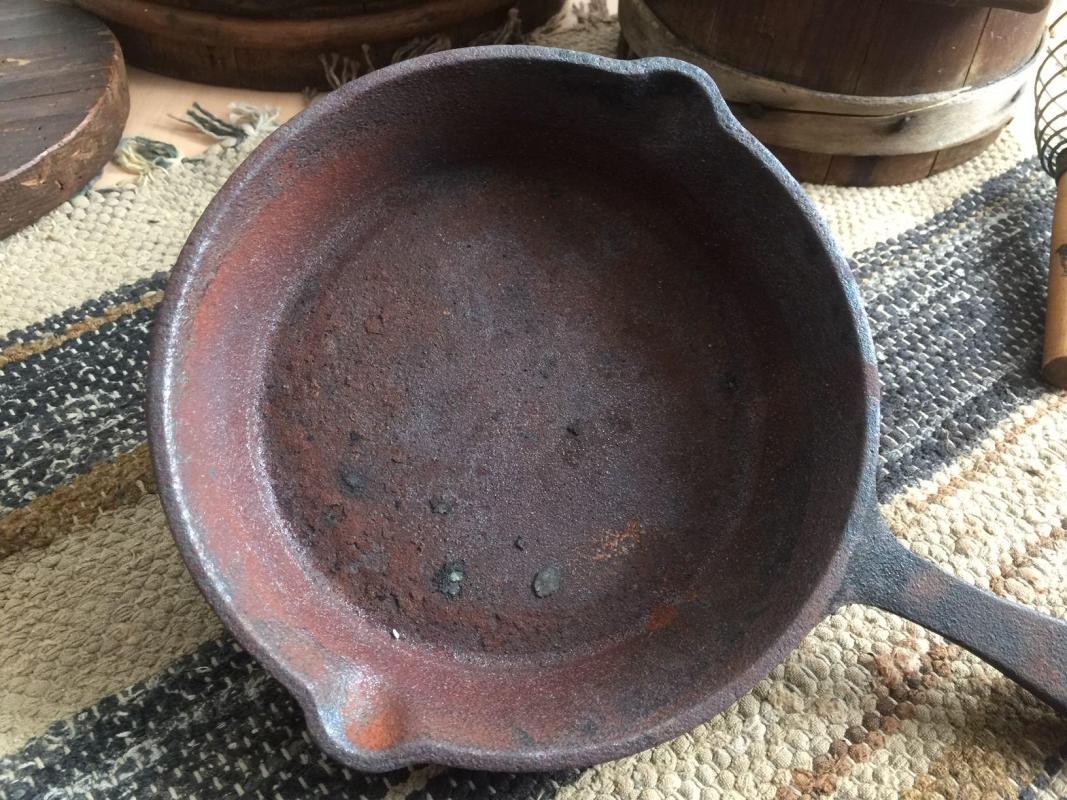
Credit: www.booniehicks.com
Myths Vs. Facts: Cast Iron Safety Concerns
Many people worry about the safety of cast iron cookware. Misunderstandings about its use can create fear. Let’s clear up some common myths and share the facts. This will help you feel more confident when cooking with cast iron.
Common Myths
- Myth 1: Cast iron cookware is unsafe due to rust.
- Myth 2: Cooking with cast iron increases iron levels too much.
- Myth 3: You can’t cook acidic foods in cast iron.
- Myth 4: Cast iron is heavy and hard to handle.
Scientific Verdicts
Here are the facts that debunk these myths:
| Myth | Fact |
|---|---|
| Rust is dangerous. | Rust is not harmful. Clean and season your pan. |
| High iron intake is bad. | Most people do not absorb too much iron from cookware. |
| Acidic foods ruin cast iron. | Short cooking times are fine. Use care with acidic dishes. |
| Cast iron is too heavy. | Many users find it easy to handle after practice. |
Understanding these myths and facts helps you cook safely and effectively. Cast iron cookware remains a popular choice for many home cooks.
Iron Transfer: Nutritional Benefits And Risks
Cast iron cookware can add iron to your food. This can be helpful. Some people need more iron in their diets. Others may worry about too much iron. Let’s explore the benefits and risks of iron transfer.
Enhancing Dietary Iron
Cooking with cast iron can boost the iron content of meals. Here are some key points:
- Iron leaches into food during cooking.
- Acidic foods like tomatoes release more iron.
- Cooking time and food type affect iron transfer.
For many, this is a positive effect. It can help fight anemia. Iron helps carry oxygen in the blood. Consuming iron-rich foods is important. Here is a table of iron-rich foods:
| Food | Iron Content (mg per 100g) |
|---|---|
| Red Meat | 2.7 |
| Spinach | 2.7 |
| Lentils | 3.3 |
| Chickpeas | 2.9 |
Possible Health Risks
Too much iron can be harmful. Some people may experience health issues. Consider these points:
- Excess iron can lead to organ damage.
- High levels may cause digestive problems.
- Those with certain conditions should be cautious.
People with hemochromatosis need to limit iron intake. It is wise to consult a doctor. Regularly check your iron levels. Balance is key for good health.
Cast Iron And Modern Health Standards
Cast iron cookware is popular for its durability and heat retention. Many wonder about its safety under modern health standards. This section explores how cast iron fits into today’s health regulations.
Fda Regulations
The Food and Drug Administration (FDA) oversees cookware safety. Cast iron meets FDA standards for food contact materials. Here are some key points:
- Cast iron is non-toxic.
- No harmful chemicals are added during production.
- Surface coatings must be safe for food use.
Iron can leach into food. This occurs when cooking acidic foods. However, this is generally safe for most people. The FDA considers iron an essential mineral.
International Health Guidelines
Various health organizations endorse cast iron cookware. They recognize its safety and benefits. Some notable guidelines include:
| Organization | Guideline |
|---|---|
| World Health Organization (WHO) | Supports the use of safe cooking materials. |
| European Food Safety Authority (EFSA) | Confirms cast iron as safe for cooking. |
These guidelines affirm that cast iron is safe for cooking. It poses no risk when used properly. Following care instructions keeps cookware safe and functional.
Seasoning Cast Iron: Safety And Techniques
Seasoning cast iron is key for safe and effective cooking. It creates a natural non-stick surface. Proper seasoning prevents rust and improves food flavor. Understanding safety and techniques is essential for every cast iron user.
The Importance Of Seasoning
Seasoning cast iron cookware is crucial for several reasons:
- Prevents Rust: A well-seasoned pan keeps moisture out.
- Enhances Flavor: Seasoning adds a unique taste to food.
- Non-Stick Surface: A seasoned pan provides a smooth cooking surface.
- Durability: Properly seasoned cookware lasts longer.
Without seasoning, cast iron can rust easily. Food can stick to an unseasoned surface. Regular seasoning maintains the quality of your cookware.
Safe Seasoning Practices
Follow these safe practices to season your cast iron:
- Clean the Pan: Start by washing the pan with hot water and a brush.
- Dry Completely: Use a towel or heat the pan to remove moisture.
- Apply Oil: Use a thin layer of vegetable oil or flaxseed oil.
- Heat the Pan: Bake it upside down at 375°F for one hour.
- Cool Down: Let the pan cool in the oven to finish the process.
Choose oils with high smoke points for best results. Avoid oils that can go rancid. Flaxseed oil or grapeseed oil works well.
| Oil Type | Smoke Point (°F) | Flavor |
|---|---|---|
| Flaxseed Oil | 225 | Nutty |
| Grapeseed Oil | 420 | Neutral |
| Coconut Oil | 350 | Slightly Sweet |
Regularly check your cast iron for rust or flaking. Re-season as needed to maintain safety and performance. Enjoy cooking with your cast iron cookware!
Cooking With Cast Iron: Dos And Don’ts
Cooking with cast iron can be a rewarding experience. It offers great heat retention and even cooking. However, knowing what to cook and what to avoid is key. Let’s explore the dos and don’ts of using cast iron cookware.
Best Foods To Cook
- Meats: Steak, chicken, and pork cook well.
- Vegetables: Sauté or roast vegetables for better flavor.
- Breads: Perfect for cornbread and focaccia.
- Eggs: Scrambled or fried eggs come out great.
Foods To Avoid
- Acidic foods: Tomatoes and vinegar can react with iron.
- Delicate fish: Fish can stick and break apart.
- Sticky foods: Foods like pancakes may get stuck.
- Sweet dishes: Sugars can lead to unwanted sticking.
Following these tips helps you enjoy the benefits of cast iron. Proper care keeps your cookware in top shape. Choose the right foods for the best results.
Cleaning And Maintenance: Ensuring Safe Use
Proper cleaning and maintenance of cast iron cookware are vital for safety and longevity. Regular care keeps the cookware in good shape. This prevents rust and ensures safe cooking. Let’s explore the best methods for cleaning and maintaining your cast iron.
Proper Cleaning Methods
Cleaning cast iron may seem tricky. Follow these simple steps:
- Cool Down: Allow the cookware to cool before cleaning.
- Rinse: Rinse with warm water. Avoid using soap.
- Scrub: Use a stiff brush or sponge. Remove food particles gently.
- Dry: Dry immediately with a cloth or paper towel.
- Oil: Apply a thin layer of cooking oil to prevent rust.
Never soak cast iron in water. This can cause rust. Avoid using metal scouring pads. They can scratch the surface.
Maintaining Cast Iron Longevity
To keep your cast iron cookware in top shape, follow these maintenance tips:
- Season Regularly: Season your cast iron every few uses.
- Store Properly: Keep it in a dry place. Use a paper towel between pans to avoid scratching.
- Avoid Cooking Acidic Foods: Limit cooking tomatoes or vinegar-based dishes.
- Inspect Often: Check for rust or cracks. Address issues promptly.
Regular maintenance ensures your cast iron cookware lasts for years. It remains safe for cooking delicious meals.
| Tip | Description |
|---|---|
| Seasoning | Apply oil and heat to create a non-stick surface. |
| Cleaning | Use a brush and warm water without soap. |
| Drying | Dry immediately to prevent rust formation. |
Following these tips helps ensure that your cast iron cookware stays safe and effective. Enjoy cooking with it!
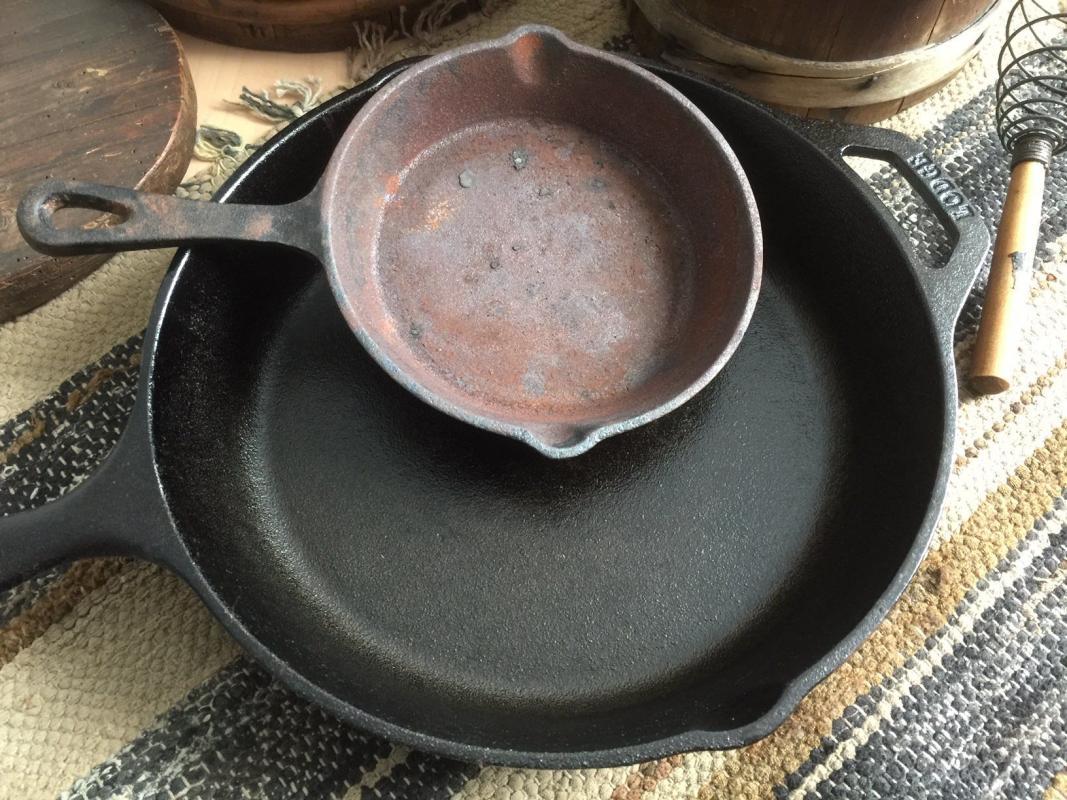
Credit: www.booniehicks.com
Comparing Cookware: Cast Iron Vs. Alternatives
Choosing the right cookware can be hard. Each type has its own benefits and drawbacks. Cast iron is popular, but how does it compare to other options? Let’s look at two common alternatives: nonstick surfaces and stainless steel.
Nonstick Surfaces
Nonstick cookware is easy to use. Food slides off easily. It requires less oil, which can be healthier. However, there are some downsides:
- Durability: Nonstick coatings can scratch easily.
- Heat Resistance: High heat can damage the surface.
- Safety Concerns: Some coatings may release harmful chemicals.
Nonstick pans are great for beginners. They simplify cooking and cleaning. Yet, they may not last as long as cast iron. Always check the manufacturer’s guidelines.
Stainless Steel Options
Stainless steel cookware is sturdy and long-lasting. It handles high heat well. This makes it ideal for searing meat. Here are some pros and cons:
| Pros | Cons |
|---|---|
| Durable and resistant to rust | Food can stick without proper use of oil |
| Dishwasher safe | Can be more expensive |
| No harmful coatings | Heavier than other options |
Stainless steel is versatile. It works on all stovetops, including induction. It can also go in the oven. However, it requires some practice to use effectively. Proper seasoning or oiling can prevent sticking.
Both nonstick and stainless steel options have their place. Cast iron offers unique benefits. Each type fits different cooking styles. Choosing depends on personal preference and cooking needs.
Personal Stories: Chefs And Home Cooks Weigh In
Many chefs and home cooks share their thoughts on cast iron cookware. Their experiences provide insights into its safety and effectiveness. Here are some personal stories and opinions.
Professional Endorsements
Chefs often praise cast iron cookware. They value its durability and heat retention. Here are some quotes from professionals:
- Chef Anna: “I use cast iron for everything. It cooks evenly and lasts forever.”
- Chef Mike: “I love how my cast iron skillet enhances flavors. It’s a kitchen must-have.”
- Chef Lisa: “Caring for cast iron is easy. Just clean and season it right.”
Many professional chefs trust cast iron. They recommend it for both beginners and experts. Its versatility is unmatched in the kitchen.
Home Cooking Experiences
Home cooks also have strong opinions about cast iron. They often share their cooking adventures. Here are some insights:
- Jane: “I made cornbread in my cast iron pan. It was crispy and delicious!”
- Tom: “I was scared of rust at first. But proper care keeps my pan in great shape.”
- Sarah: “My family loves the meals I make in cast iron. The flavors are amazing.”
These stories highlight the positive experiences many have with cast iron. Cooks appreciate its ability to create tasty dishes. They feel safe using it in their kitchens.
Navigating The Market: Buying Safe Cast Iron Cookware
Buying cast iron cookware can be confusing. Many brands and types exist. It is essential to know what to look for. Quality cookware ensures safety and durability. This guide helps you choose wisely.
Recognizing Quality Cast Iron
Quality cast iron cookware has distinct features. Here are some tips to identify it:
- Weight: Quality cast iron is heavy. A lightweight pan may not be genuine.
- Surface: Look for a smooth finish. Rough surfaces may indicate poor quality.
- Brand: Choose trusted brands. Well-known names often have better quality.
- Manufacturing: Check for a good cast. No cracks or bubbles should be present.
- Seasoning: Quality pans come pre-seasoned. This means they are ready to use.
Avoiding Counterfeit Products
Counterfeit cast iron cookware can be unsafe. Here are ways to avoid them:
- Research: Read reviews before buying. Look for customer feedback.
- Price: Beware of prices that are too low. Extremely cheap items may be fake.
- Purchase Locations: Buy from reputable stores or websites. Avoid unknown sellers.
- Check Labels: Genuine products often have brand names on them. Look for logos and labels.
- Warranty: Good brands usually offer warranties. A warranty indicates quality assurance.
By following these tips, you can find safe and quality cast iron cookware. Enjoy cooking with confidence.
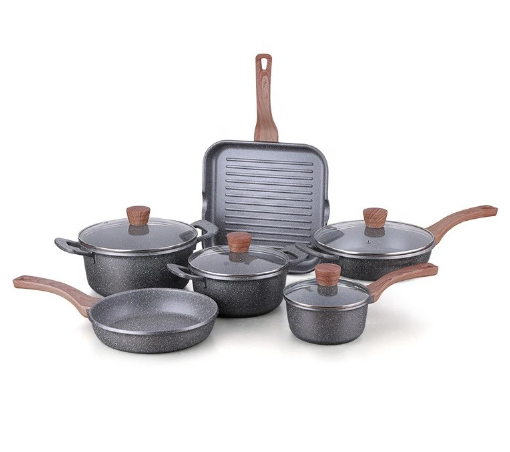
Credit: www.diecasting-mould.com
Frequently Asked Questions
Is Cast Iron Cookware Safe To Use?
Yes, cast iron cookware is safe to use. It is made from natural materials and is non-toxic. Properly seasoned cast iron can even add trace amounts of iron to your food. Always ensure your cookware is well maintained to avoid rust and maintain its safety.
Does Cast Iron Cookware Leach Into Food?
Cast iron cookware can leach small amounts of iron into food. This usually occurs with acidic foods, but it’s generally safe for most people. The amount is minimal and can actually be beneficial for those who need additional iron in their diet.
Regular use enhances seasoning and minimizes leaching.
Can Cast Iron Cookware Cause Health Issues?
When used correctly, cast iron cookware poses no health issues. However, improper seasoning or neglect can lead to rust and deterioration. Individuals with hemochromatosis should monitor their iron intake. Overall, with proper care, cast iron is both safe and healthy for cooking.
How Do You Maintain Cast Iron Cookware?
To maintain cast iron cookware, clean it after each use. Avoid soap; instead, use hot water and a stiff brush. Dry it thoroughly to prevent rust, and apply a thin layer of oil for seasoning. Store it in a dry place to ensure longevity and optimal performance.
Conclusion
Cast iron cookware is generally safe for everyday use. It can enhance flavor and withstand high heat. Proper care keeps it in great condition. Some people may worry about iron intake. Most will not have issues from cooking with cast iron.
Regular use can even provide iron to your diet. Always clean and season your cookware well. Enjoy the benefits of cooking with cast iron. It’s a durable and trusted choice for many kitchens. Overall, cast iron cookware can be a smart addition to your cooking routine.

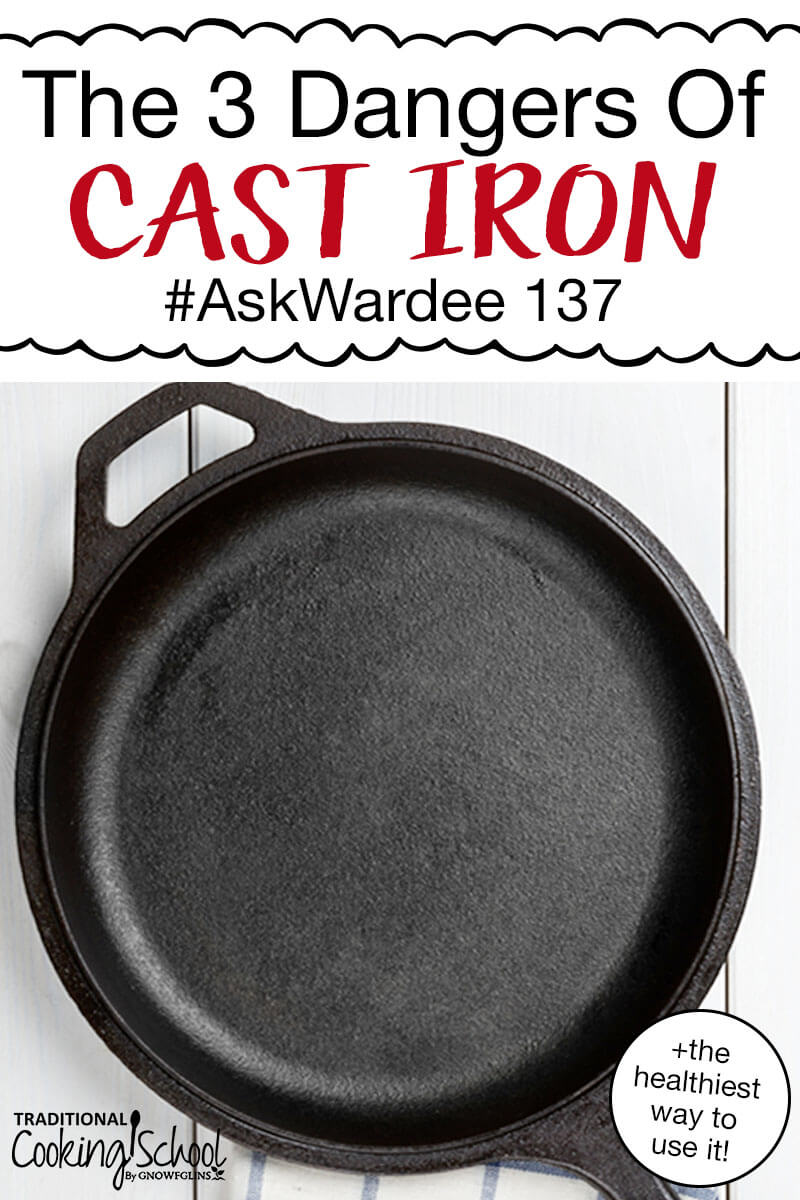
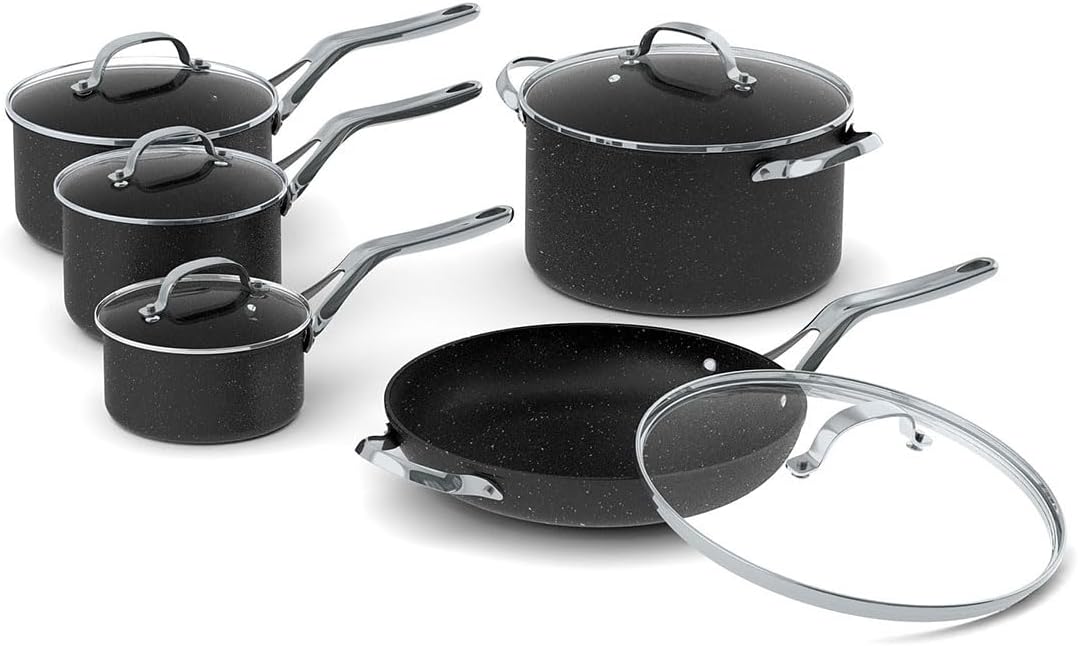
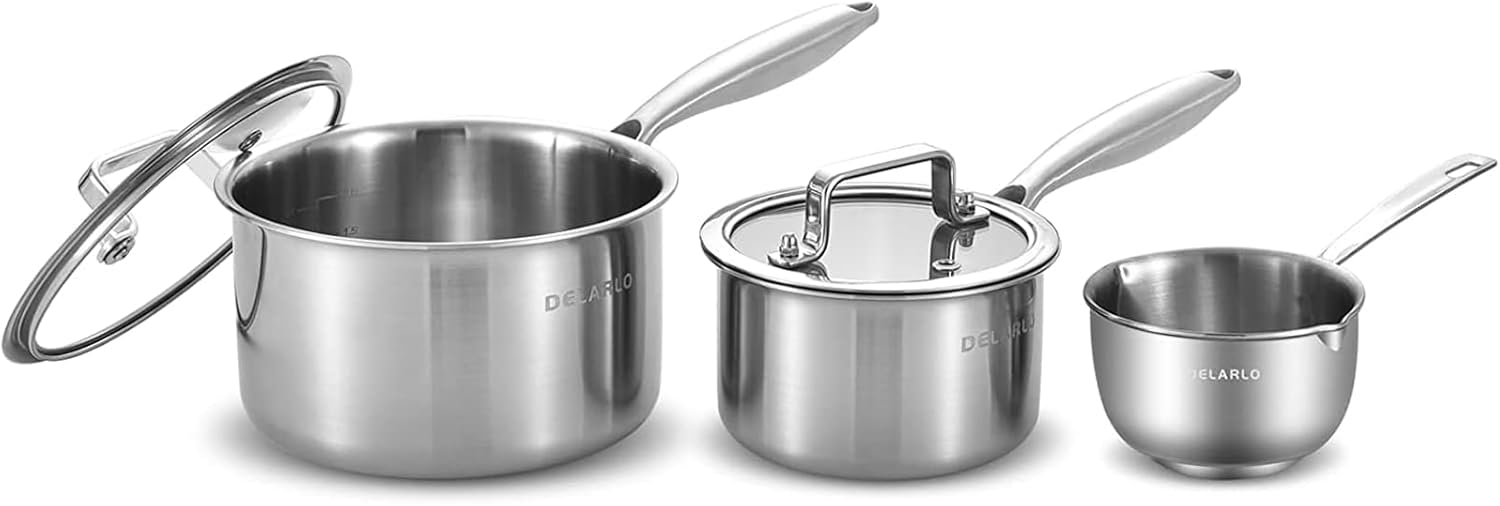

Leave a Reply